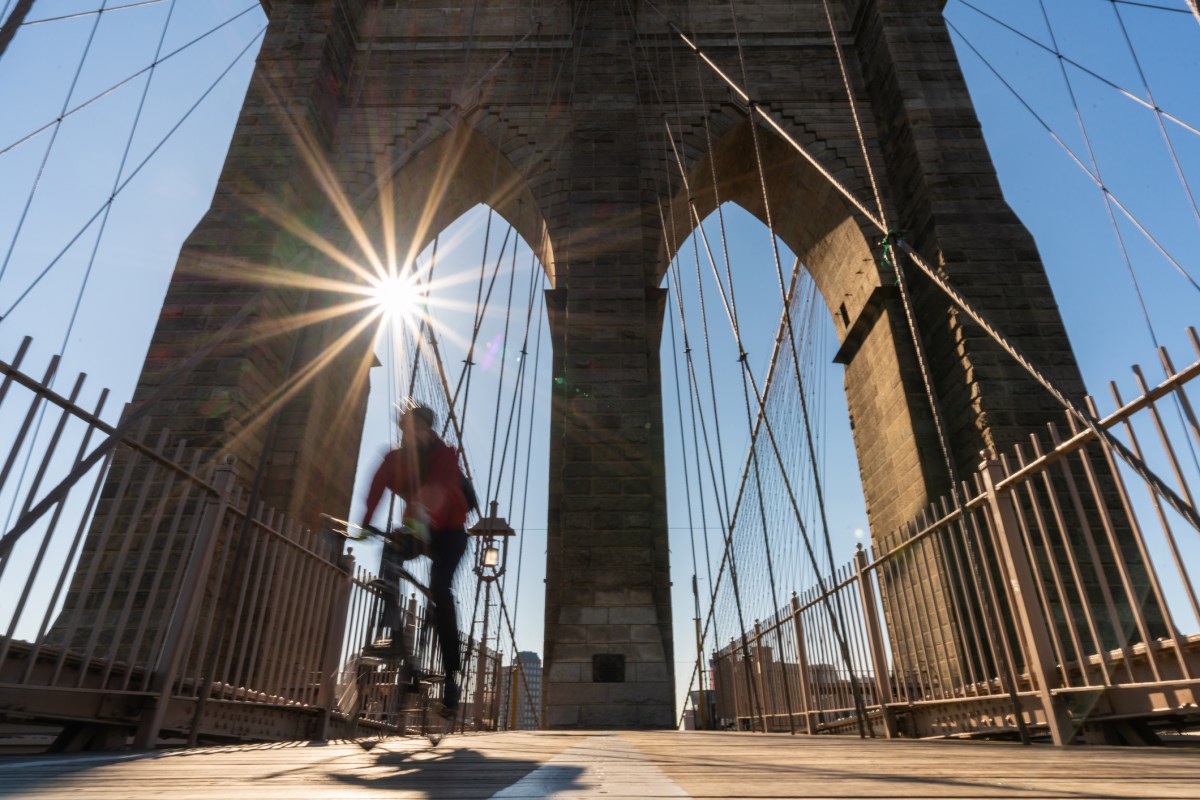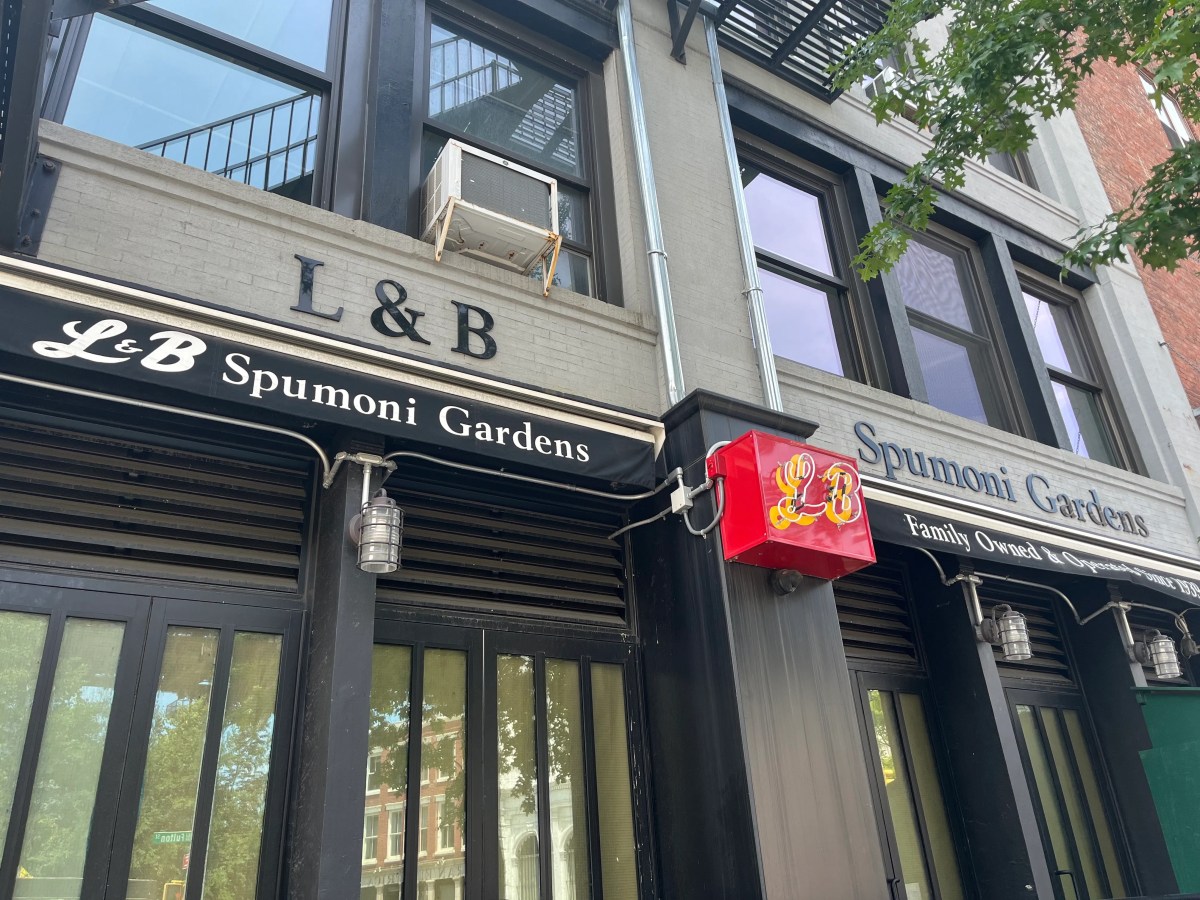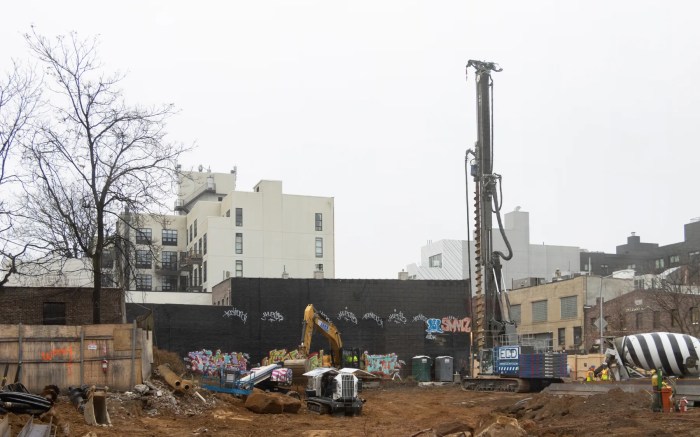BY RICHARD M. KENNY
“Somebody’s gonna get killed!” a man next to me on Sixth Avenue exclaimed. A bicycle had just zipped through a Midtown intersection several seconds after the light changed, coming inches from pedestrians who had begun to cross with a “walk” sign.
I see this happen daily and I shudder to think about how often it will occur once the city completes the recently announced 10 miles of new bike lanes in Manhattan, including more on Sixth Avenue.
As a personal injury attorney, it’s clear to me the city’s rush to support and promote cyclists – and become the greenest metropolis in the U.S. – has severely overlooked the legal liability these bike lanes pose.
It’s almost a certainty the City of New York will face a multimillion-dollar personal injury lawsuit because of these poorly designed, rarely policed bike lanes.
Between tourists, hobbyists, food delivery workers, and Tour-de-France wannabes, the city has put a problem in motion. Even more dangerous, delivery workers often use illegal motorized “throttle” bicycles that can reach speeds of 28 mph.
So far, the police seem to have taken little interest in requiring cyclists to abide by the basic rules of the road. They blow through red lights, don’t slow down for stop signs, go the wrong way in bike lanes and on one-way streets, don’t yield to pedestrians, routinely ignore bike lanes altogether and ride in the middle of the road, and even ride on sidewalks.
The same laws that apply to motor vehicles govern cyclists, yet, as the mayor admits, they often fail to follow the law. But little is done.
Already, cyclists have struck and killed at least seven pedestrians since 2011 – with two deaths in 2019 – and injured more than 2,250 pedestrians.
A failure to police law-breaking cyclists is obviously partly to blame, but inadequate bike lane planning and design are also at fault.
That’s why we’re likely to see injured pedestrians file roadway-design lawsuits against the city. Though difficult for victims to pursue, these cases would cost the city significant time and money.
Under normal circumstances when a pedestrian is struck by a car, the driver’s insurance pays. The car company could also face liability, if the vehicle was defective, along with a driver’s employer, if they’re on the job.
Not so with cyclists. They bike for leisure or transportation. And when on the job – as a delivery person – restaurants and other companies shield themselves from liability by treating their delivery workers as independent contractors.
It’s an uphill battle to bring a delivery worker’s employer into a lawsuit – even if the worker flouted the rules of the road and crashed into a pedestrian while, say, delivering a pizza for a restaurant.
A pedestrian may die or suffer injuries requiring hundreds of thousands of dollars in medical bills, but the victim and their family will have little recourse if a cyclist has no insurance or assets.
I’m currently handling a unique case where a physician on a bicycle struck a pedestrian, but, fortunately for the victim, the physician has an umbrella policy from his medical practice that’s covering the victim’s bills – but that’s a very rare scenario.
So, when a cyclist can’t or won’t pay, where do injured pedestrians turn for compensation? The city is the only option. It has deep pockets and it’s arguably the root cause of the problem – poor bike lane planning and design and very little policing.
Additionally, injured pedestrians who sue the city would shine a light on the dangers posed by bikers to pedestrians and force the city to take bike lane design and enforcement seriously.
Right now, the five boroughs have 1,250 miles of bike lanes and there’s a $1.7 billion plan to add another 250 miles – but the city has said little about protecting pedestrians from cyclists.
The city must act now before more injuries and deaths occur and victims sue. It should take swift action to study the risks posed to pedestrians by bike lanes and cyclists and correct the current flaws in the system. It’s vital that future bike lanes don’t exacerbate current problems.
These actions would protect pedestrians and cyclists alike. The choice is simple: act now and save lives or do nothing and pay millions in court later.
Richard M. Kenny is a personal injury attorney based in Manhattan







































